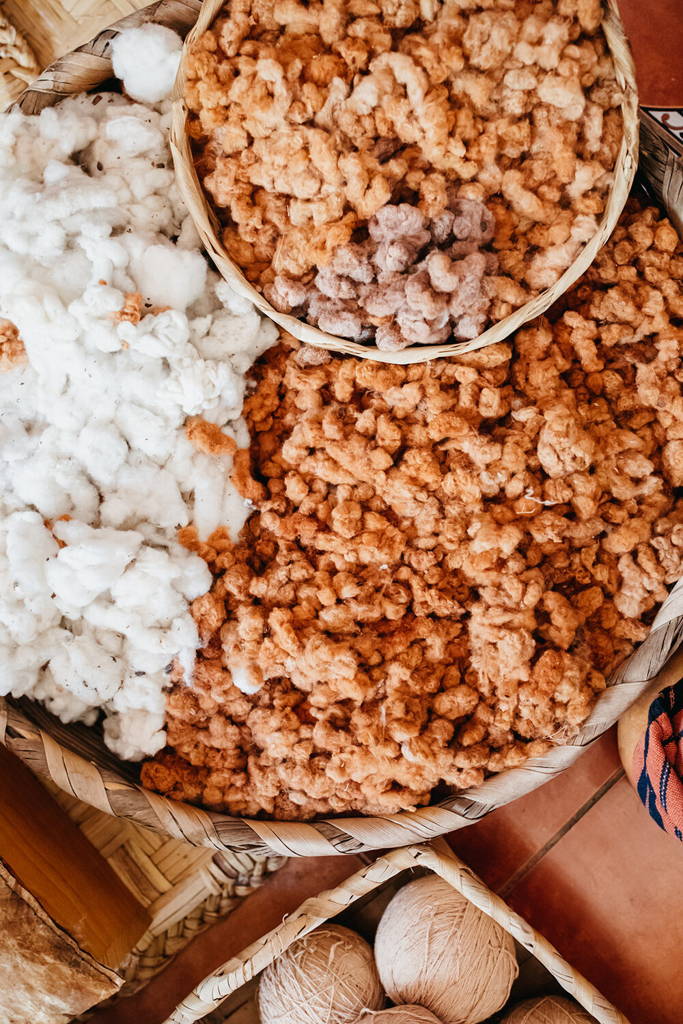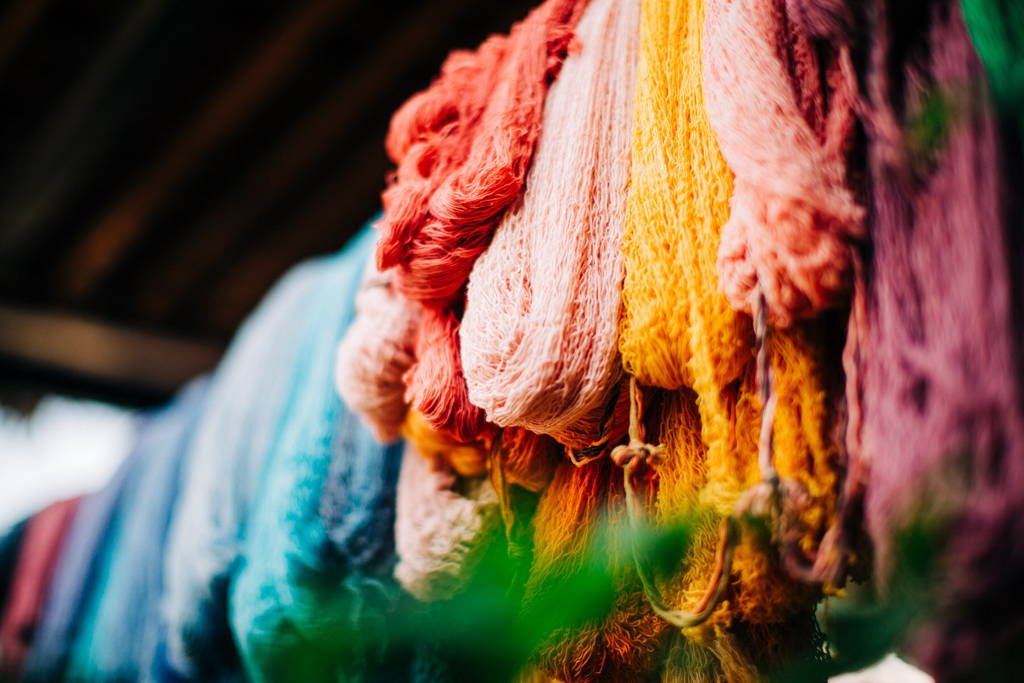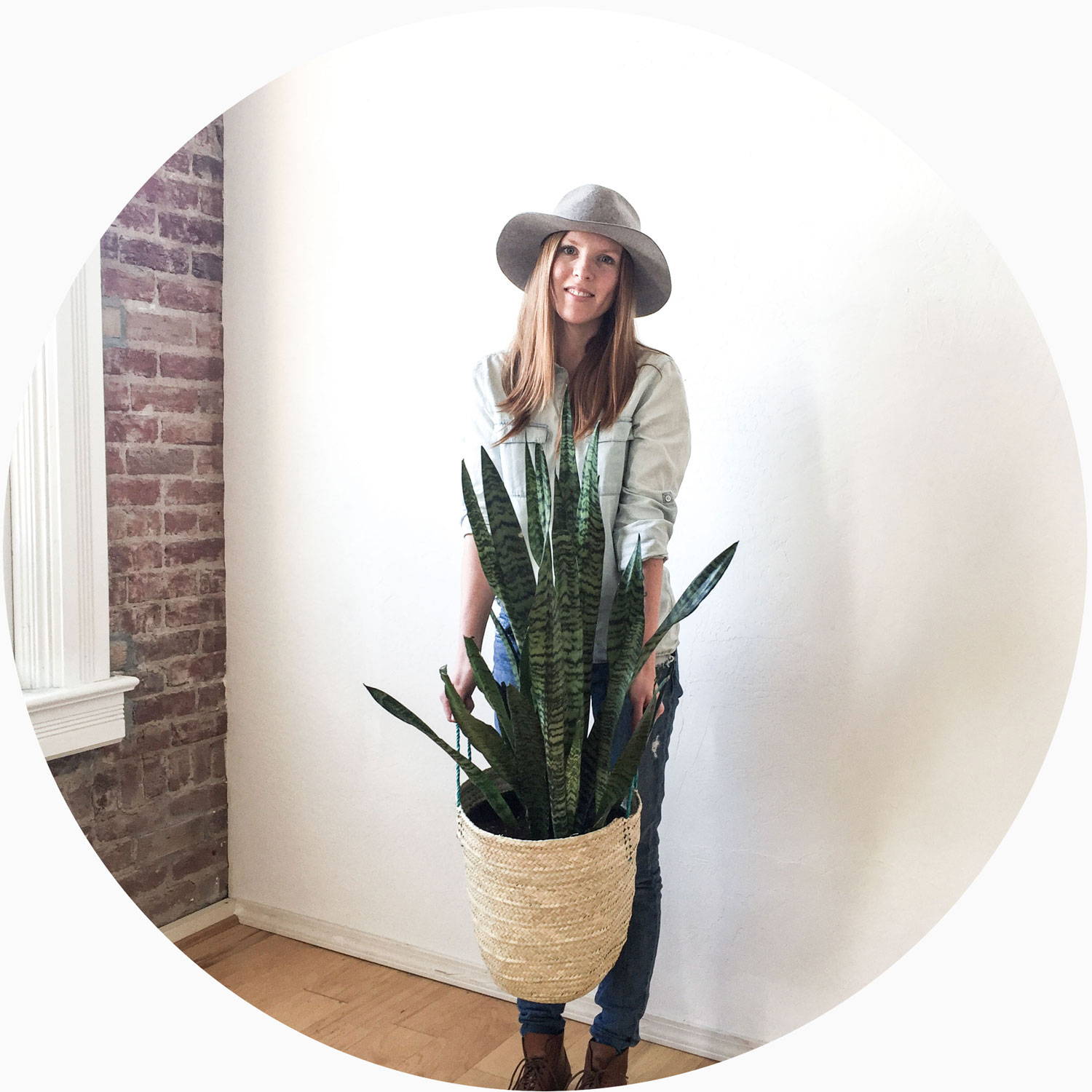Artisan Spotlight: Casa Flor Ixcaco
Casa Flor Ixcaco is a female founded, women-run cooperative located in San Juan La Laguna in Guatemala. It began over 30 years ago, and today it has grown to a group of 34 women. Using traditional looms and working with natural dyes of seeds, leaves, flowers, tree bark, the team also grows their own we plant our own cotton in 4 native colors. This unusual and rare cotton has color grown right into it. I hope you enjoy this short interview of their rich heritage of fiber art.

English Translation
1. Some of your fibers have color even before they are dyed. Tell us more about color grown cotton. How do you cultivate color from cotton without dyes?
The surprising thing about cotton is that it grows with colors. These colors are very old. Most of the old clothes that you can find in museums have these colors. White cotton is the best known by people, but few know the other colors of cotton. The fibers are small in the other colors and it is also a little more difficult to grow because they want more care and they are more fragile. One can grow the cotton through the seeds, and each color has its specific seed.
Also the climate and the land influence the color, sometimes they are light colors and other times dark. And that's what we love about our cotton! Because we can make unique garments!

2. What is the agricultural significance of using organic cotton grown in Guatemala rather than imported cotton?
For us as women it is very important to preserve everything as in ancient times, to try to take care of our mother earth and nature in the best possible way, to keep everything as virgin as possible so that it is not harmful in the future and it is also essential to help each other. To consume locally is to help the Guatemalan economy. We can buy cotton from other countries, but we would not help the economy of our people and we only want a better quality of life for everyone.
3. How does weaving keep you connected with your culture?
Through what we do, all this is connected or has a connection because it is a work that has been inherited from generation to generation through the knowledge of grandmothers. There are very old patterns and designs that have been maintained thanks to the commercialization of textiles.
4. When do the women in the group start to learn how to weave?
Normally we start at 9-10 years old, it is a learning process of around 5 years.
5. Are you able to work together? Or do you work separately in your homes?
We can work together if we are several weavers in the family, but normally each woman works at home and the hours they have, because in addition to weaving we have daily activities such as: cooking, washing, cleaning.

Original spanish
1. ¿Cuál es la importancia agrícola de utilizar algodón orgánico cultivado en Guatemala en lugar de algodón importado?
Para nosotras como mujeres es muy importante conservar todo como en los antiguos tiempos, tratar de cuidar de la mejor manera posible nuestra madre tierra y la naturaleza, mantener todo lo más virgen posible para que no sea dañino en el futuro y además es esencial ayudarnos mutuamente, consumir lo local para poder ayudar la economía guatemalteca, podemos comprar algodón de otros países, pero no ayudariamos a la economía de nuestro pueblo, y nosotras solo queremos una mejor calidad de vida para todos.
2. Algunas de sus fibras tienen color incluso antes de teñirse. Cuéntenos más sobre el algodón cultivado en color y ¿cómo se cultiva el color del algodón sin tintes?
Lo sorprendente de el algodón es que crece con colores, estos colores son muy antiguos, la mayoría de las prendas antiguas que puedes encontrar en los museos llevan estos colores, el algodón blanco es el más conocido por las personas, pero los otros colores pocos saben de ellos, las fibras son pequeñas en los otros colores y también es un poco más difícil de cultivar porque quieren más cuidado y son más frágiles, uno puede cultivar el algodón a través de las semillas, y cada color tiene su semilla específica.
También el clima y la tierra influye en el color, a veces son colores claros y otras veces oscuros.
Y eso es lo que nos encanta de nuestro algodón! Porque podemos hacer prendas unicas!
3. ¿Cómo se mantiene conectado el tejido con su cultura? How does weaving keep you connected with your culture?
A través de lo que hacemos, todo esto está conectado o tiene una conección porque es un trabajo que se ha heredado de generación en generación a través del conocimiento de las abuelas, existen patrones y diseños muy antiguos que se han mantenido gracias a la comercialización de los textiles.
4. ¿Cuándo empiezan las mujeres de su grupo a aprender a tejer?
Normalmente empezamos a los 9-10 años, es un proceso de aprendizaje de alrededor de 5 años.
5.¿Pueden trabajar juntos o por separado en sus hogares?
Podemos trabajar juntas si somos varias tejedoras en la familia, pero normalmente cada mujer trabaja en su casa y las horas que ellas disponen, porque además de tejer tenemos actividades diarias como: cocinar, lavar, limpiar.
A look into the group
Enjoy this video by On the Road
Items made by this Cooperative
.jpg)
Join Our Newsletter
A conversation about who makes your goods and
how you can positively impact women through trade.
Fair Trading | Simple Living


